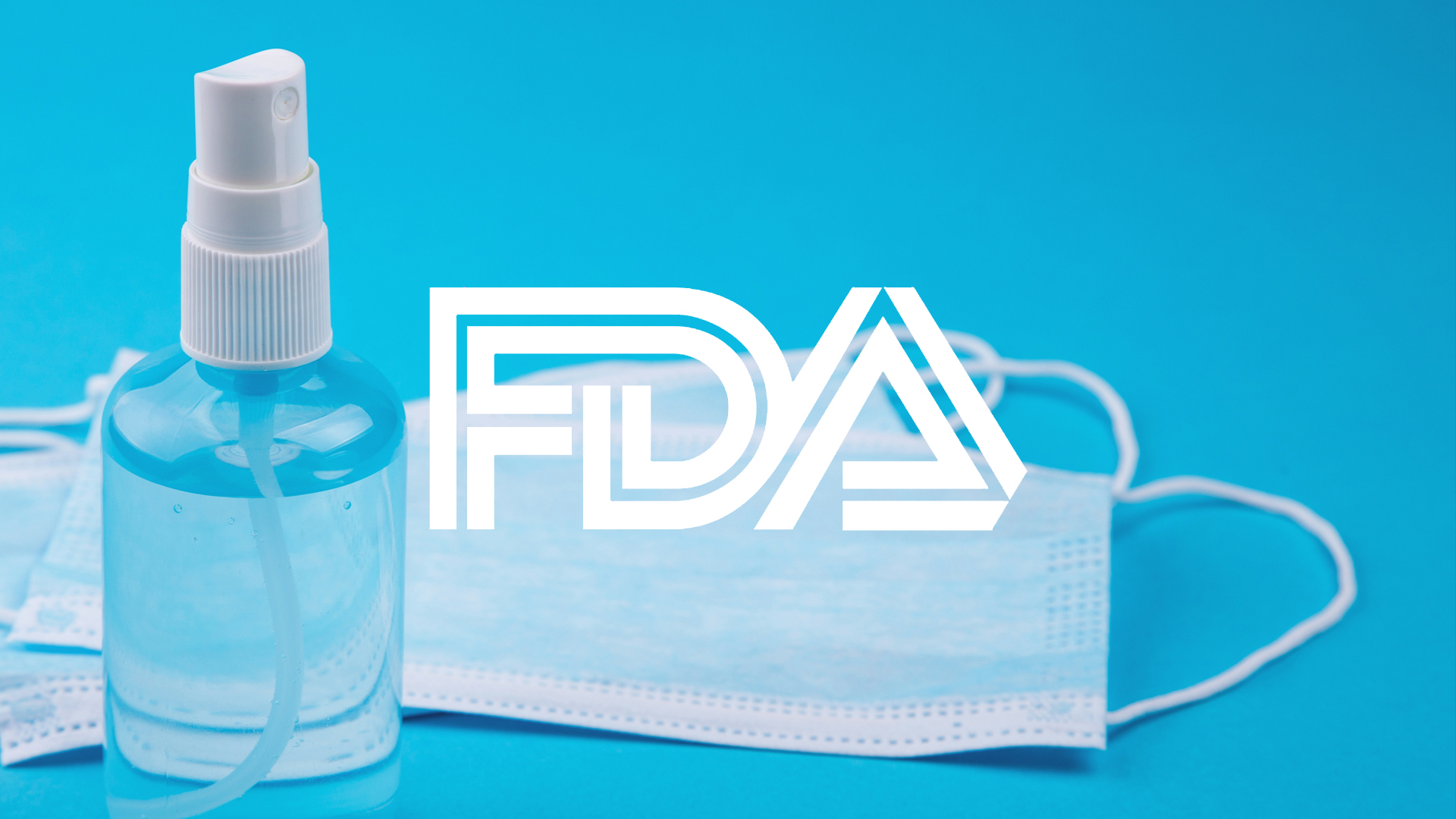Counseling and Rectification of FDA Medical Device Factory Inspection
What is FDA factory inspection?
The US Food and Drug Administration (FDA) conducts random checks on the registered enterprises every year to confirm whether the registered enterprises comply with the FDA regulations.

What is the frequency of FDA medical device factory inspection?
For the manufacturers producing medical devices with different risk levels, the frequencies with which these manufacturers are randomly selected for the factory inspection will vary. Under normal circumstances, the manufacturers of Class I medical devices will be randomly inspected once in about 3 years, and the manufacturers of Class II and Class III medical devices will be randomly inspected once in about 2 years. In addition, the frequency of random inspection may increase when an enterprise’s products are found to be problematic in the random inspection by the Customs or have adverse events in the US.
What is the basis of FDA medical device factory inspection?
The basis for inspection includes 21CFR PART 820 (also known as QSR820), 21CFR803 Part MDR, 21CFR Part 806, 21CFR Part 801 and other relevant regulations.
What is the FDA factory inspection notification form?
The FDA generally notifies the enterprises and US agents by emails.
Will the FDA give the factory inspection notification in advance?
Under normal circumstances, the audit notification will be sent 1-2 months in advance. However, it is also possible that the FDA officials notify the enterprise after arriving at the factory.

What to do after receiving the FDA factory inspection email?

As a global technical service provider that is professional in the field of medical device regulations, SUNGO can provide the following services:
1. Assist the enterprise to establish a quality management system that meets the requirements of the 21 CFR part 820.
2. Pre-audit service to identify the differences between the enterprise’s current system and QSR 820
3. On-site accompanying auditor and translator service for the FDA factory inspection
4. IFU and label review service
5. Design and development evaluation service
6. Consultation and response on FDA 483 nonconforming item rectification
7. Targeted training according to the enterprise’s situation
SUNGO service process
|
Process |
Specific task |
Division of work |
Cycle |
|
1 |
Establishing and improving the system that meets QSR820 |
Both parties |
2-4 weeks |
|
2 |
Identifying the differences between the enterprise’s current system and QSR 820 and proposing the rectification suggestions |
Both parties |
1-2 weeks |
|
3 |
Inspecting the rectification of the differences |
Both parties |
1-2 weeks |
|
4 |
Serving as the accompanying auditor and translator |
Both parties |
About 1 week |
|
5 |
Rectifying the FDA 483 nonconforming items |
Both parties |
About 2 weeks |
